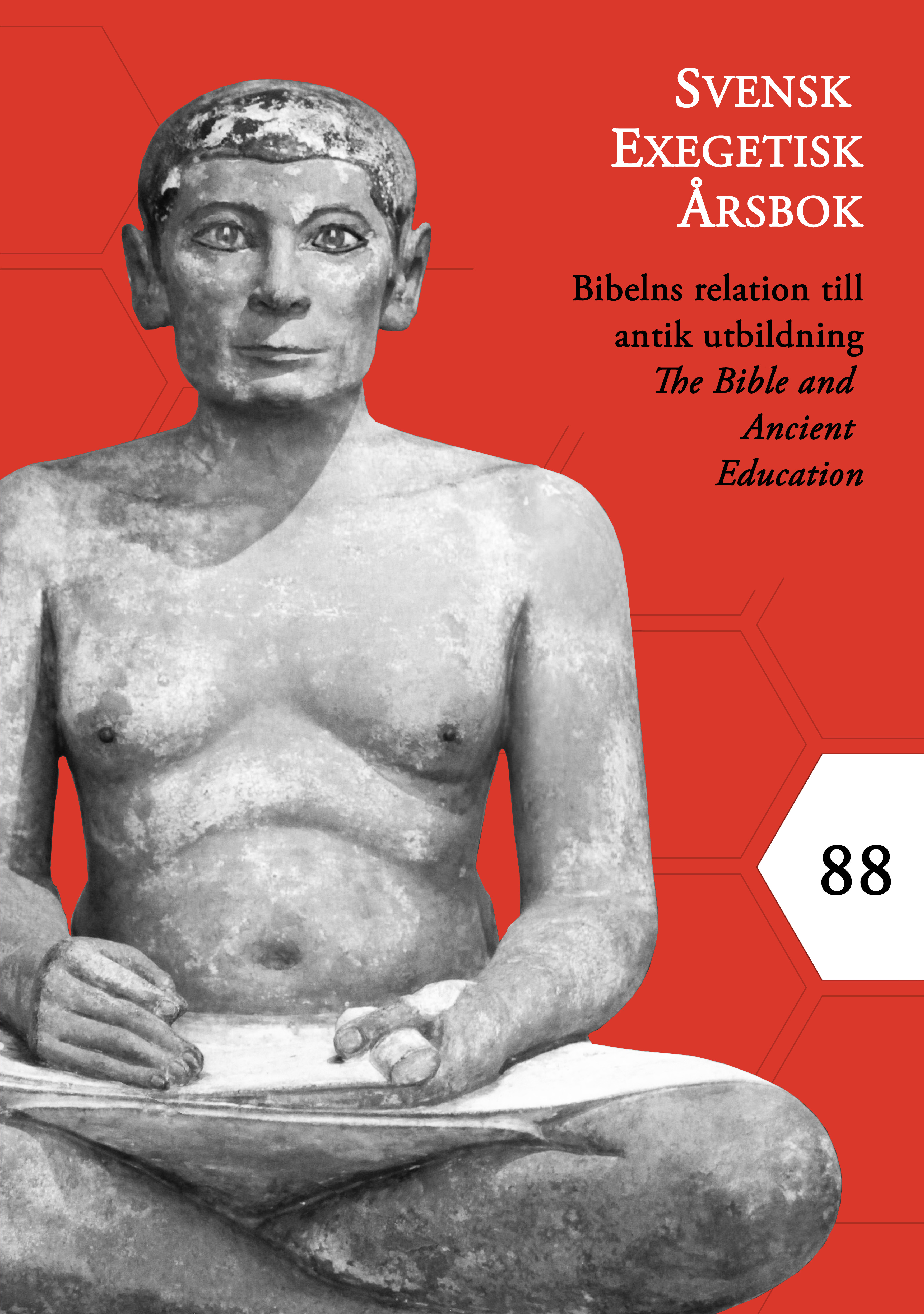The Hebrew Bible in Ancient Jewish Education
DOI:
https://doi.org/10.58546/se.v88i1.12088Keywords:
rabbis, Torah study, Jewish education, synagogue, schoolAbstract
After the destruction of the Jerusalem Temple and the end of the sacrificial service in 70 CE rabbis made Torah study and observance the basis of Jewish identity. Since no organised Jewish school system existed in Roman Palestine, only a very small proportion of the mostly male Jewish population would have been able to read, and few people had access to Torah scrolls. Rabbinic Torah experts set themselves up as intermediaries and advisers who helped ordinary people solve their daily life problems. In late antiquity, when urban rabbis served as role models and synagogues required Torah readers, Torah-reading skills may have slightly increased. At that time, rabbis’ Scripture-based public sermons and the depiction of biblical scenes on synagogue mosaic floors familiarised ordinary Jews, including women, with biblical rules and narratives. Rabbinic study and discussion would have largely depended on memorization of the biblical text rather than access to written scrolls. This phenomenon led to a creative use of the Bible, which enabled innovation, change, and adaptation to new circumstances.
Downloads
Published
How to Cite
Issue
Section
License
Copyright (c) 2023 Catherine Hezser

This work is licensed under a Creative Commons Attribution-NonCommercial-NoDerivatives 4.0 International License.






